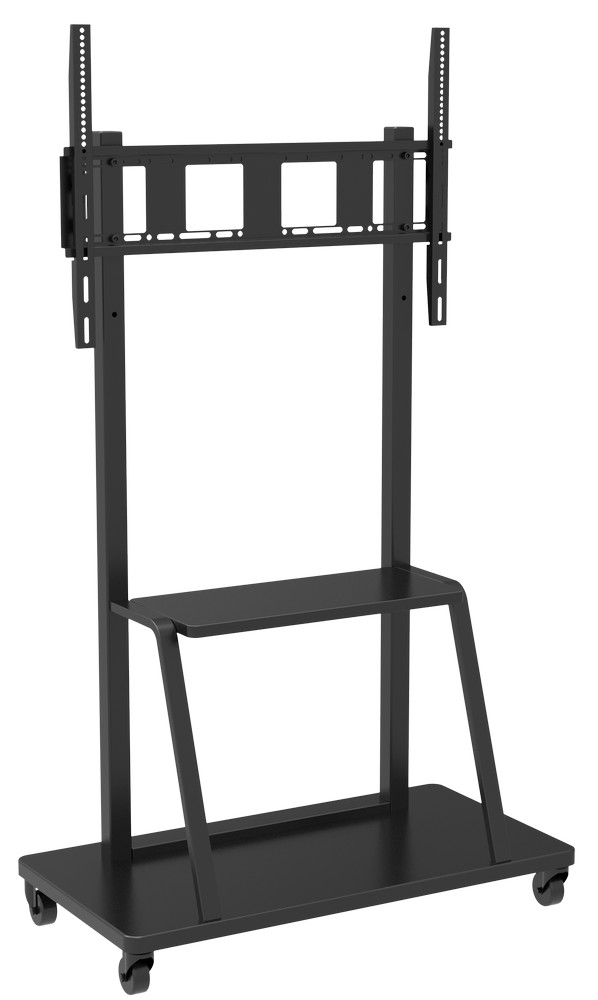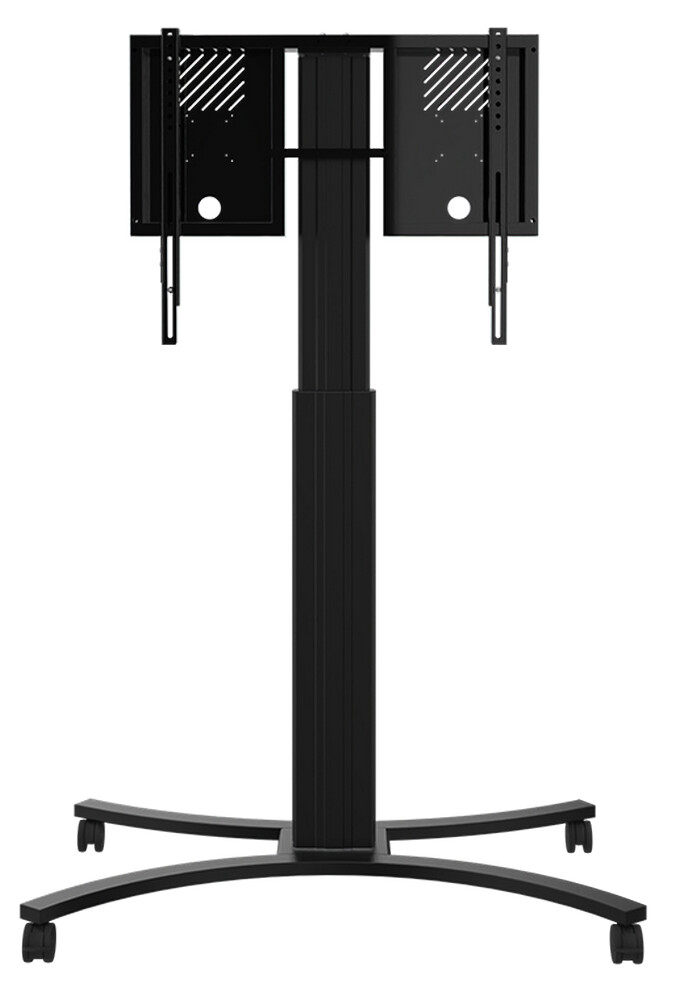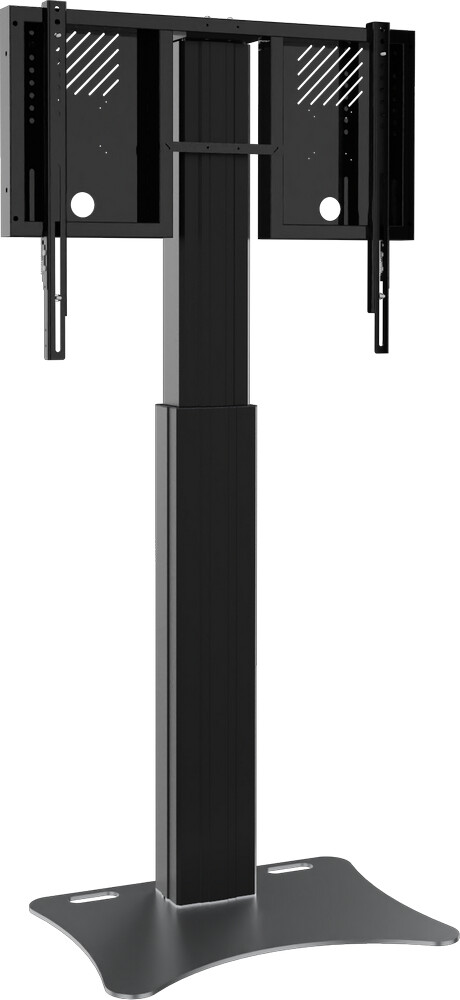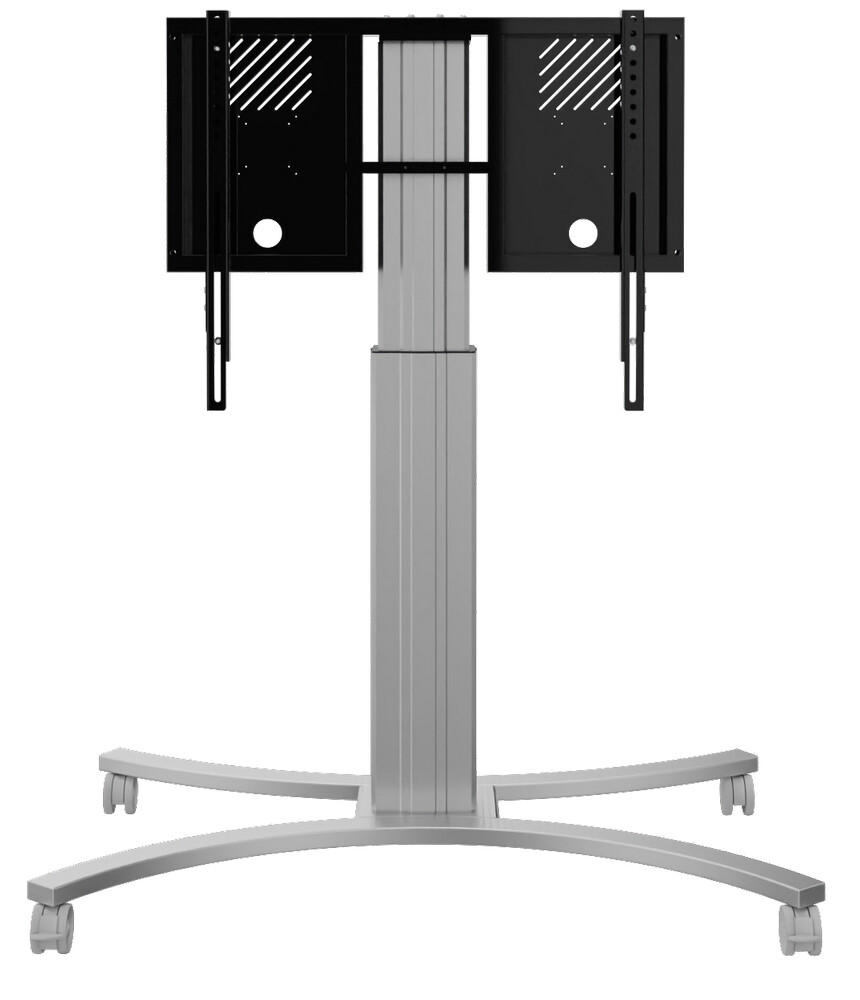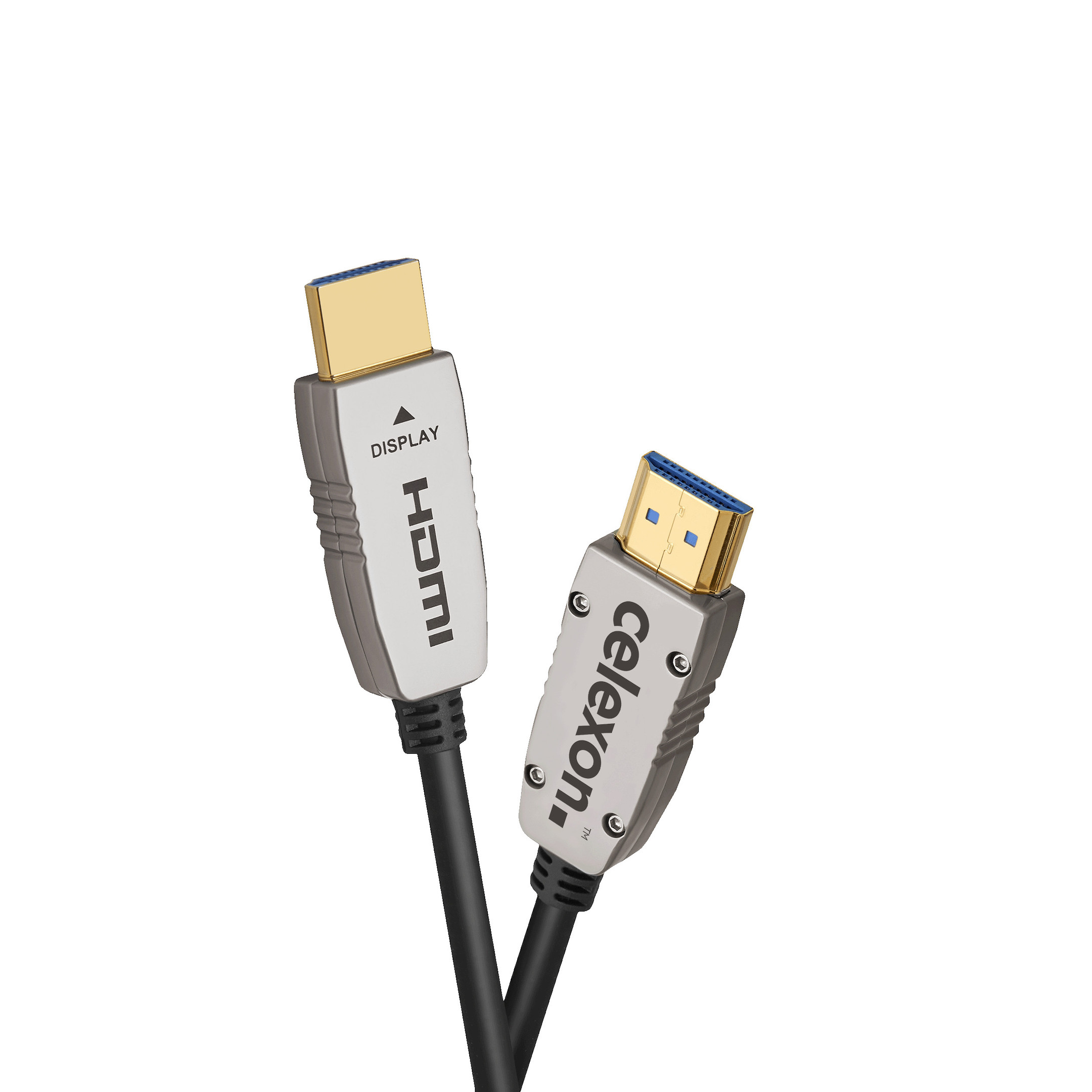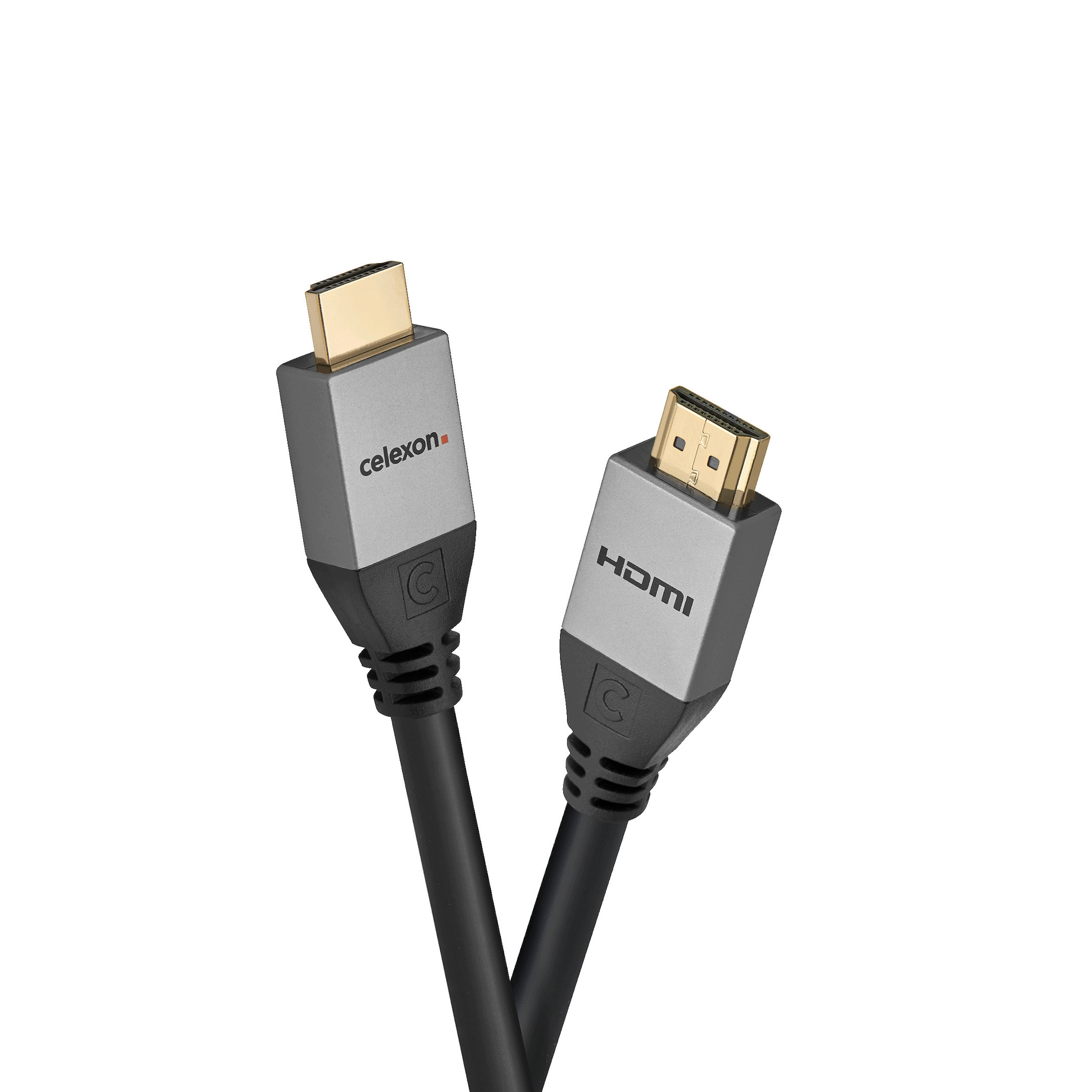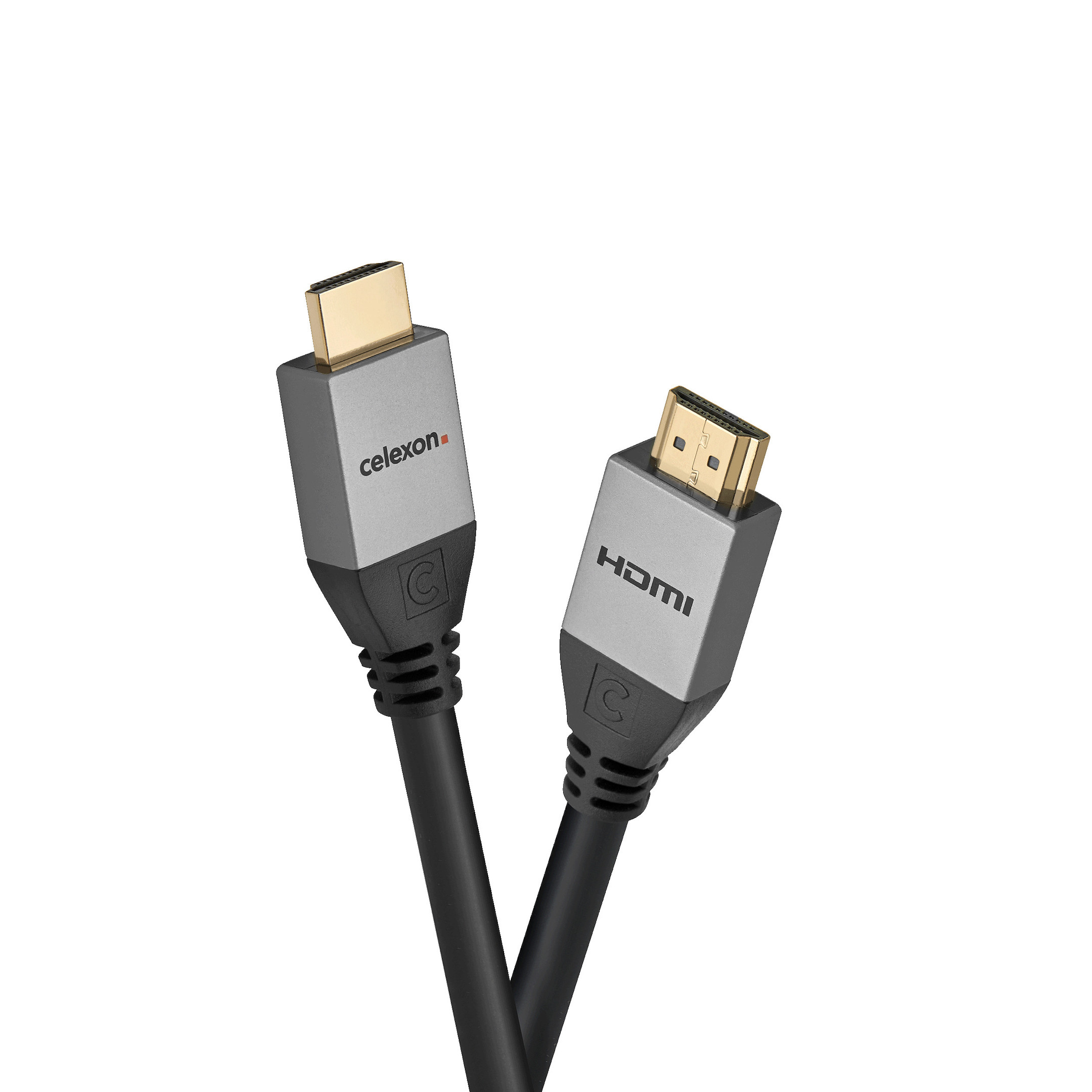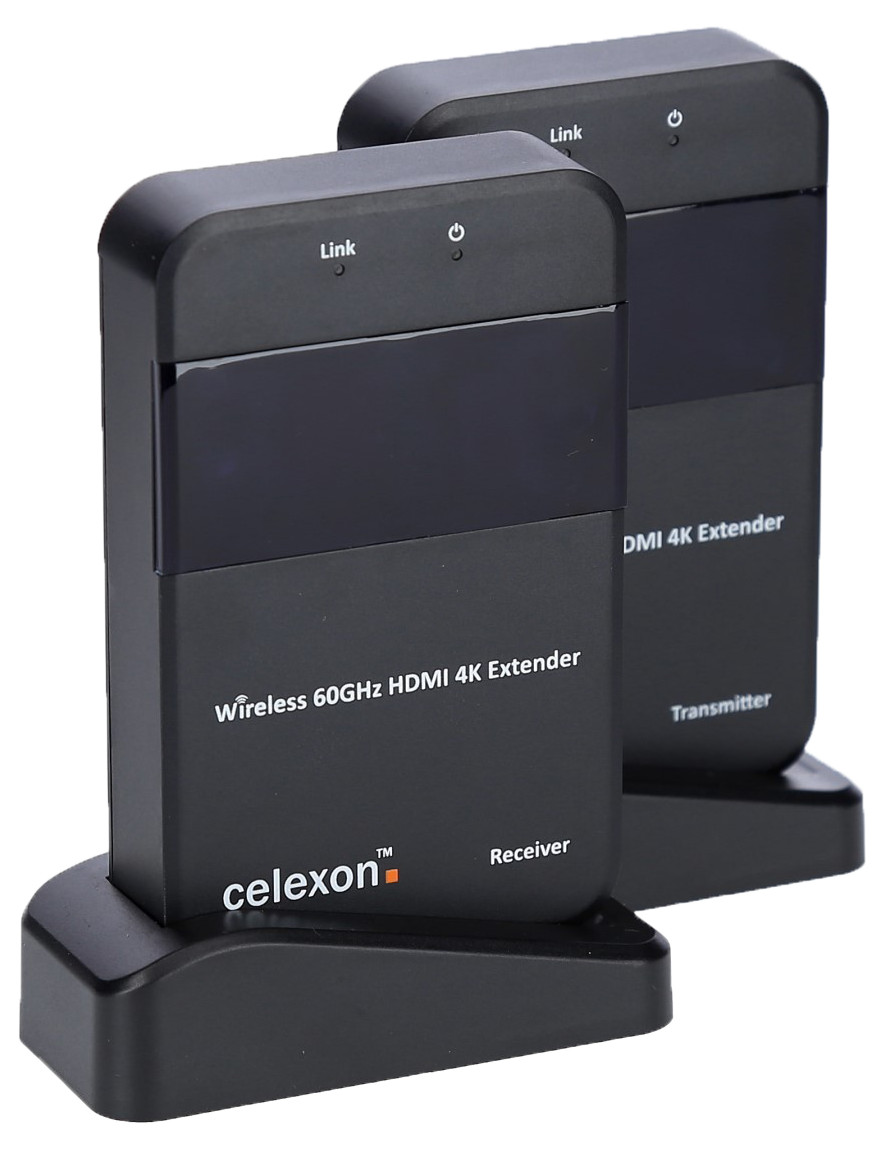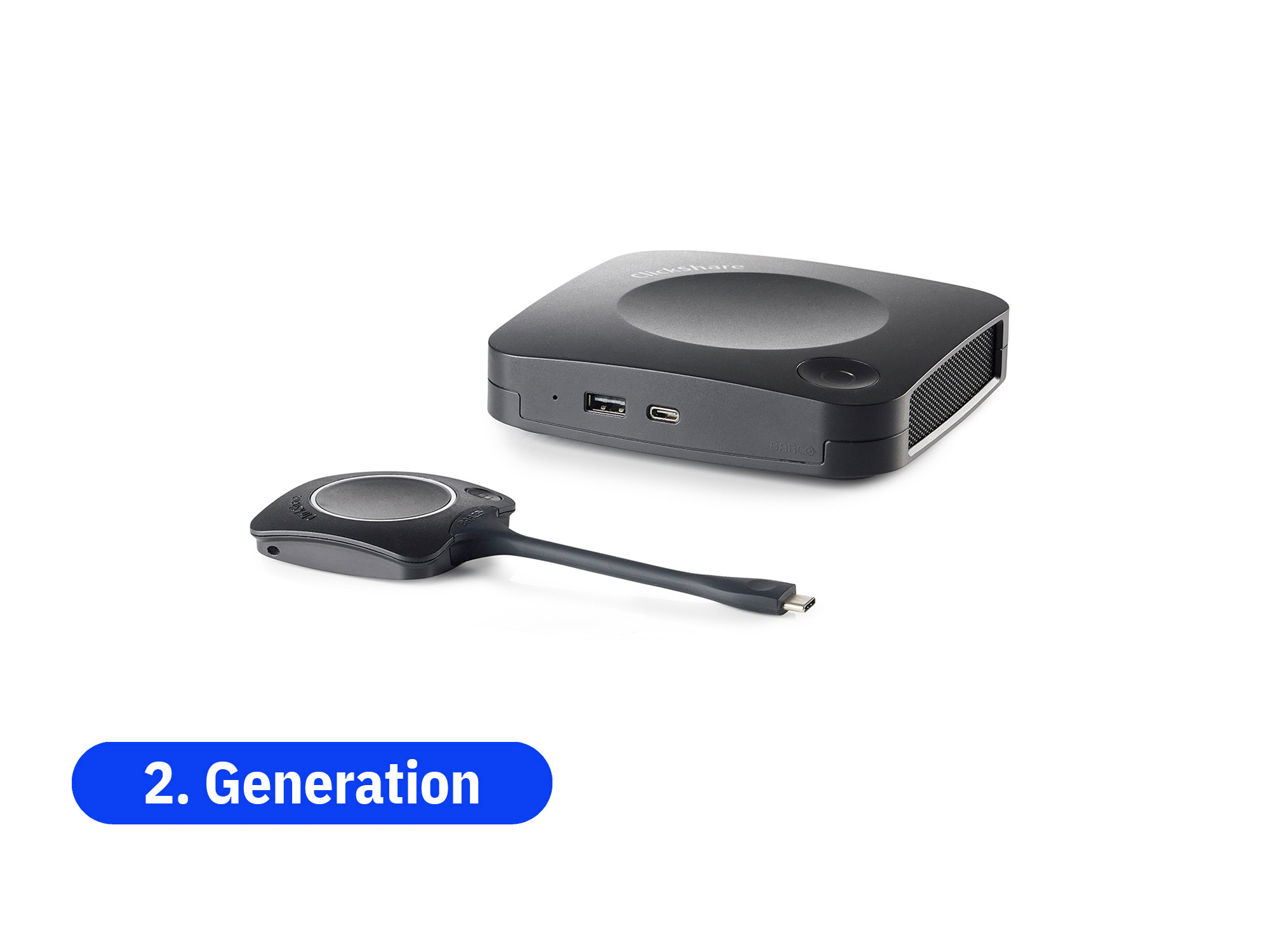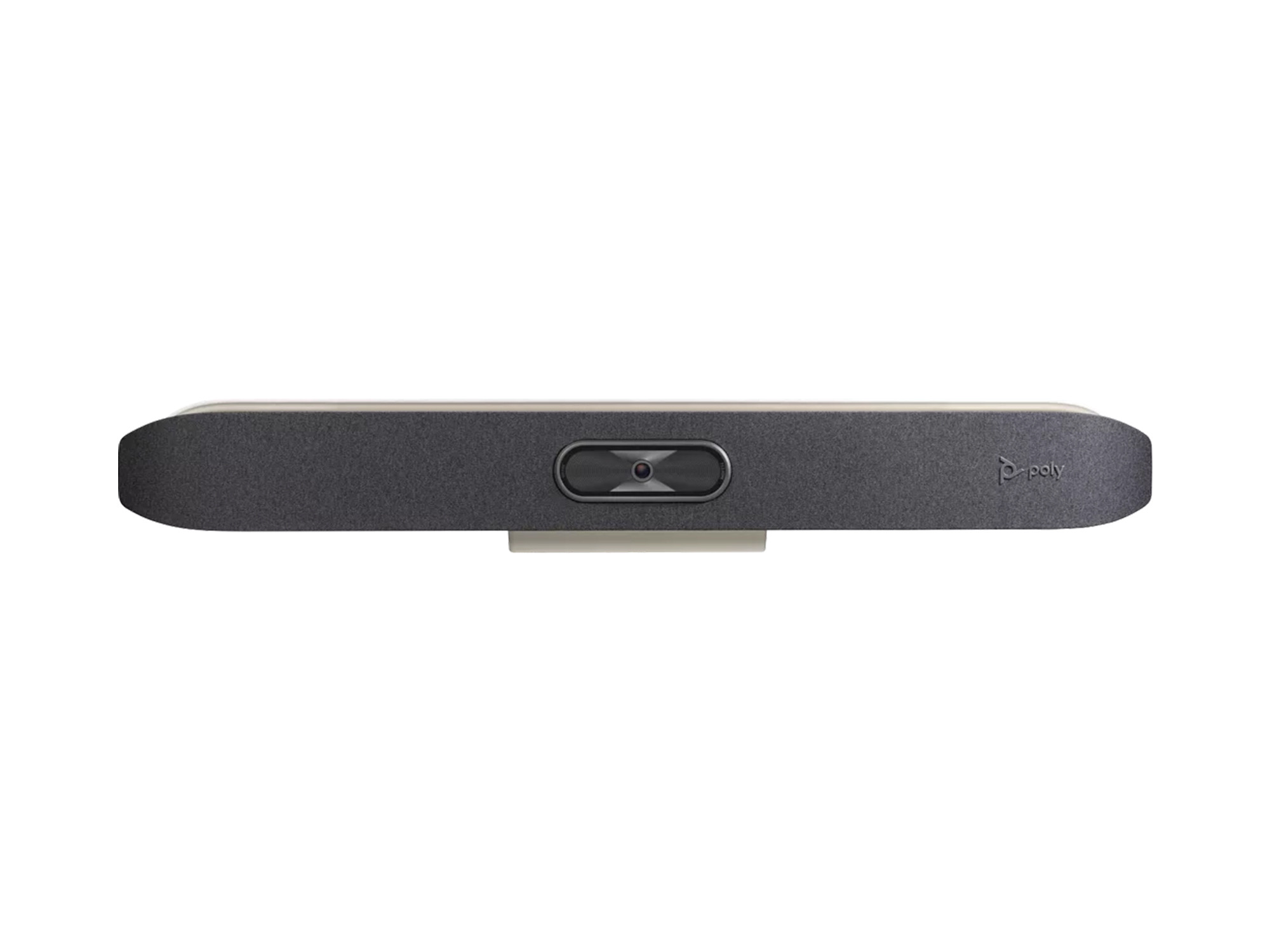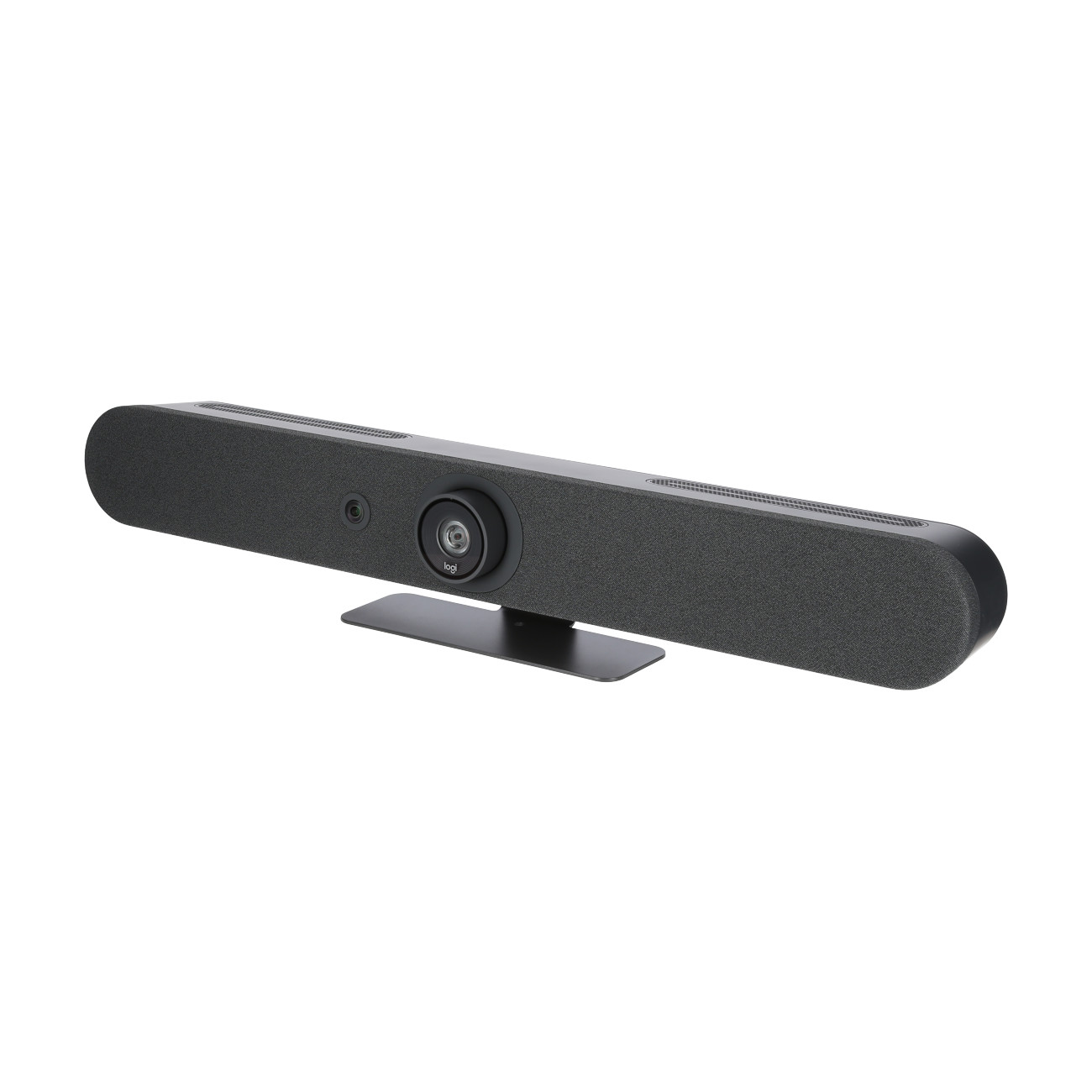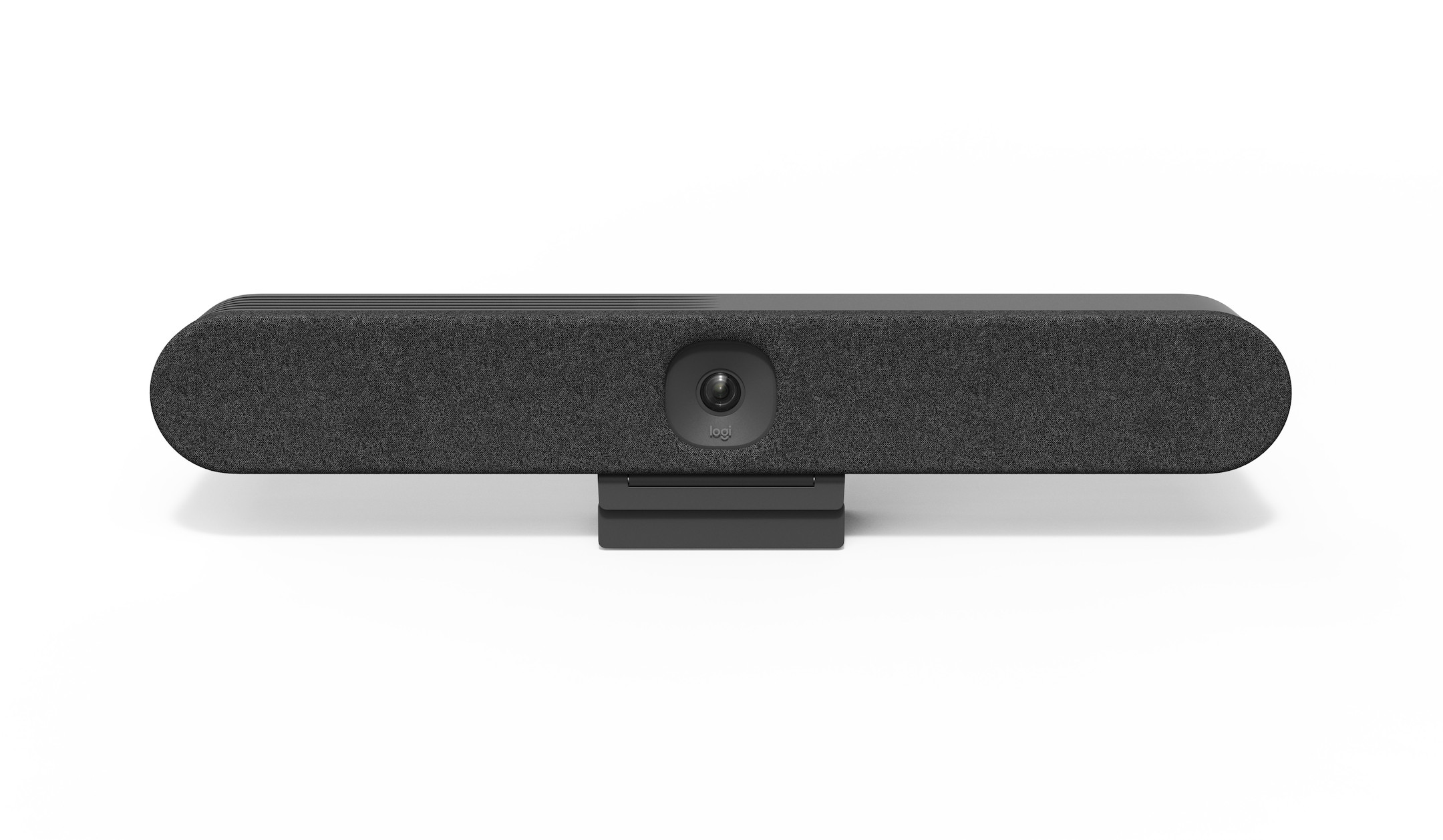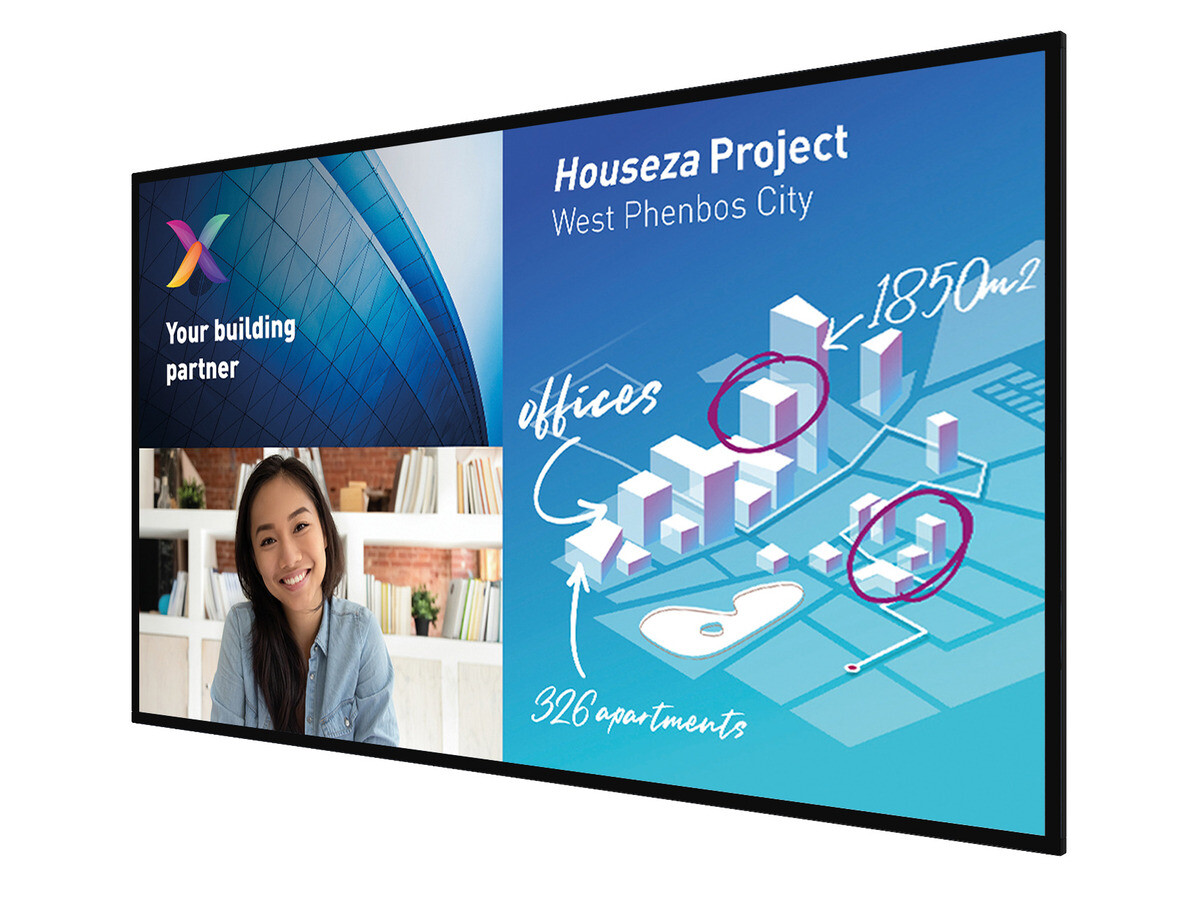

£6,842.38*
- Resolution 3840 x 2160 4K UHD
- Max. Brightness 350 cd/m²
- Panel type E-LED
- Contrast Ratio 500,000 :1


Frequently purchased together
Product information
Highlights:
217cm (86") screen diagonal
350cd/m²
powered by Android
Interactive display for meetings
Maximise interaction and inspire collaboration with a Philips C-Line interactive monitor. These Android-powered displays with continuous glass in a flush design are suitable for everyday use and feature up to 10 contact points.
Operation, monitoring and management with CMND & Control
Operate your monitor network via a local area network (LAN) connection. With CMND & Control, you perform important functions such as controlling inputs and monitoring monitor status. Whether you are responsible for one or 100 monitors.
OPS slot allows PC integration without cabling
Integrate a fully capable PC or Android-powered CRD50 module directly into your Philips professional monitor. The OPS slot includes all the connections you need for your slot solution, including a power supply.
Wireless screen sharing and advanced collaboration
View four different areas on one screen. Wireless screen sharing lets you connect multiple devices at once and quickly switch between content as needed. Use your Wi-Fi network to connect devices instantly and securely. Or alternatively, use our optional HDMI interaction dongles to stream content directly to the screen without having to connect to a secured/protected network.
HID capacitive touch with USB Plug & Play
With capacitive touch technology, you get a premium look with continuous glass and a bezel width of just 1.5 mm. Create an unforgettable interactive experience with up to 10 touch points simultaneously. Perfect for collaborative and competitive applications, this display connects your target users to any content - ideal for educational, public, corporate, hotel and retail environments.
Integrated whiteboard mode
Inspire flexible collaboration with whiteboard mode. Simply activate this feature to turn your display into a blank canvas on which multiple users can draw by hand or with special markers. Everything on the screen can be captured for quick printing or file sharing.
Quick and easy video conferencing
Out-of-the-box video conferencing software makes one-on-one calls or group calls easier than ever. Use your own camera or add the optional Logitech Meetup package for an all-in-one ConferenceCam solution.
Crestron Connected certified
Integrate this Philips Professional Display into your Crestron network for full remote control from your laptop, desktop or mobile device. Turn the display on and off, schedule content, manage settings and easily connect external devices. Crestron Connected® provides a fast, reliable and secure enterprise solution for system control.
Android SoC processor. Native and web apps
Control your monitor via an internet connection. Philips Android-powered professional monitors are specifically optimised for native Android apps, and you can also install web apps directly on the screen. A new Android operating system ensures that the software is protected and remains under the latest specification.
Technical data
| Name | Philips 86BDL6051C/00 86" Touch display |
|---|---|
| Article number | 1000018907 |
| GTIN/EAN | 8712581770884 |
| Manufacturer SKU | 86BDL6051C/00 |
| Model name | 86BDL6051C/00 |
| Brand | Philips |
| Product Type | Touch display |
| Technology | LED |
| Panel type | E-LED |
| backlight | Edge-LED |
| Resolution | 3840 x 2160 4K UHD |
| Diagonal | 86" |
| Aspect Ratio | 16:9 |
| Viewing angle - Horizontal | 178° |
| Viewing angle - Vertical | 178° |
| Contrast Ratio | 500,000 :1 |
| Max. Brightness | 350 cd/m² |
| pixel pitch | 0.493 mm |
| run-time | 18/7 |
| Response time | 8ms |
| Support - VESA | 600 x 400 |
| Frame width | 1.5 mm |
| Operating system | Android |
| Inputs | 1x 3,5mm Jack , 1x DVI-I , 1x Displayport , 1x Ethernet , 1x RS232 , 1x USB-C , 4x HDMI , 4x USB-A |
| Outputs | 1x 3,5mm Jack , 1x DVI-D , 1x Displayport , 1x HDMI |
| Features | Dust protection , Touch screen |
| Product width | 194.9 cm |
| Product height | 112 cm |
| Product depth | 7.75 cm |
| Weight | 78.1 kg |
| Colour | Black |
| EEK Spectrum | A to G |
| Energy efficency class | G |
| Delivery contents | Batteries , DVI cable , HDMI Cable , Power cable , RS232 cable , screws |
| Condition | New |
| Warranty | 36 Month |
| Warranty type | Bringin service Service and support information |
Product safety
| Person responsible for the EU |
|---|
| Philips Consumer Lifestyle B.V. |
| High Tech Campus 52 |
| 5656 AG Eindhoven |
| Netherlands |
| Unternehmenskommunikation@philips.com |




